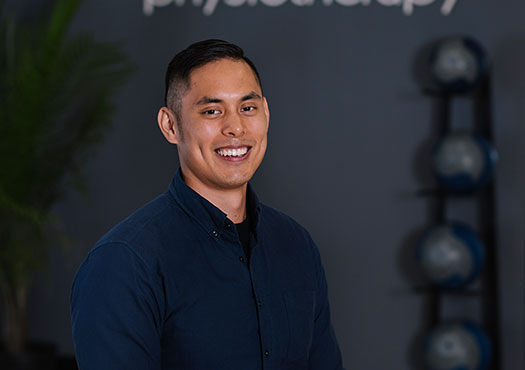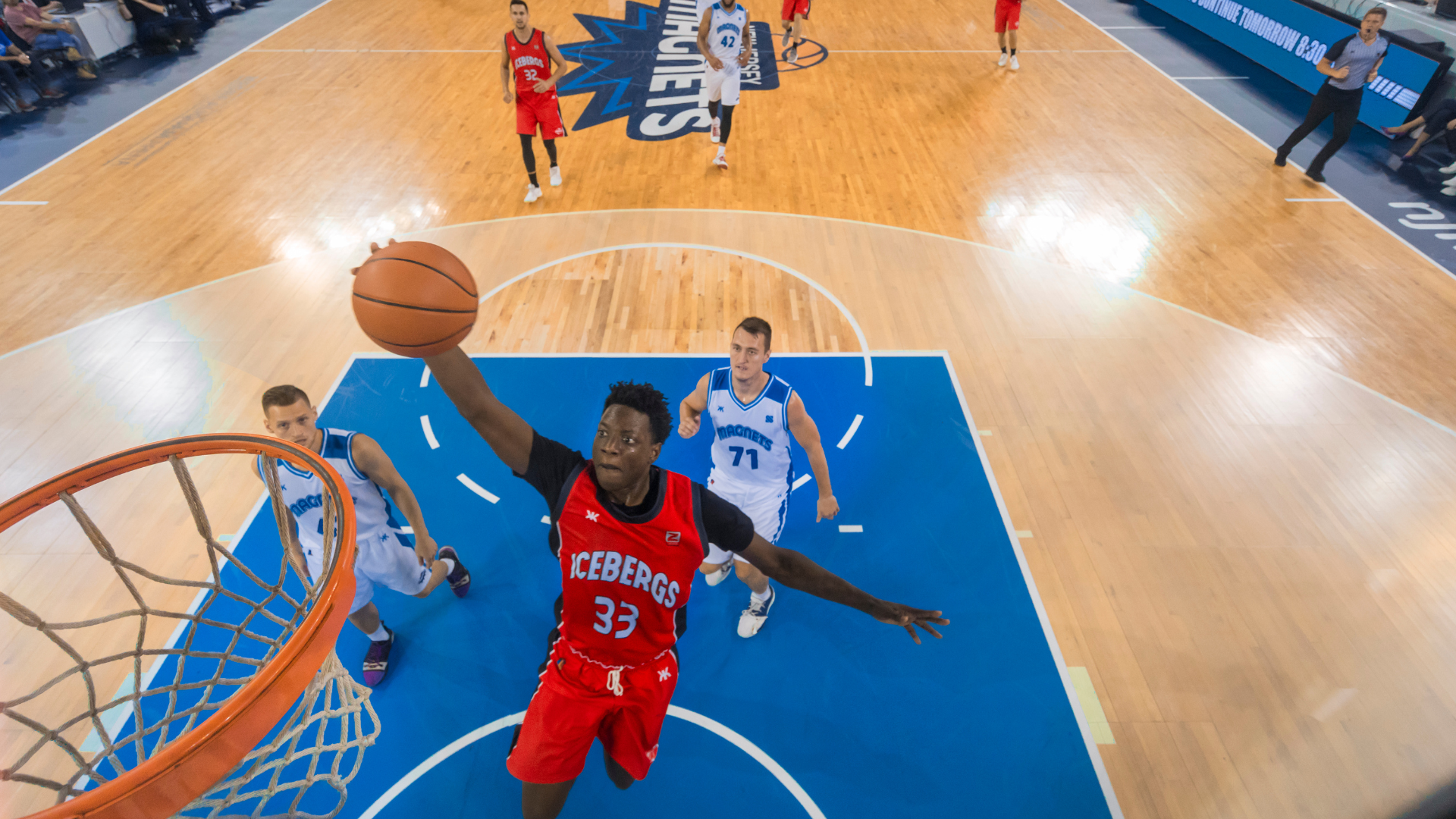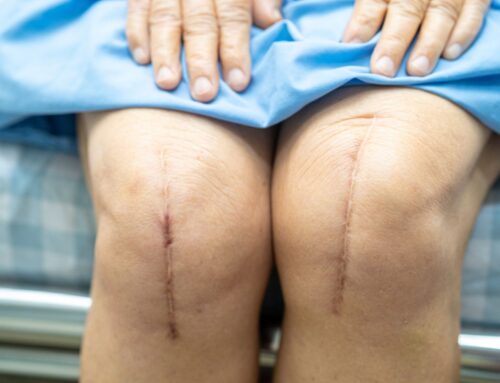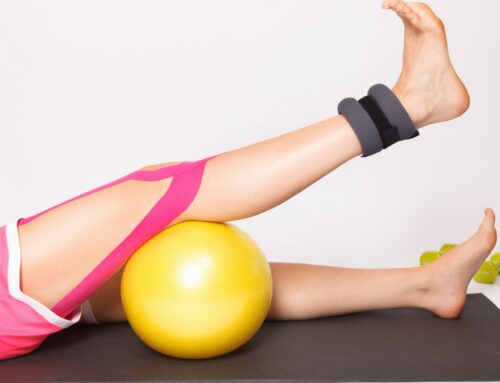Therapists often assess and compare patients’ postures to an orthopedic ideal. However, it has been shown that what some physiotherapists (and the vast majority of the public) would consider good posture, may not necessarily be linked to better health outcomes.[i]
For example, a person who is a manual wheelchair user may have a significantly different optimal posture compared to a 75-year-old with osteoporosis and a history of vertebral fractures. In the same light, an optimal posture for a person who sits at a desk all day would be different from a person who works with their hands all day in various postures or positions.
In each of these cases, it is the physiotherapist’s role to identify the individual client needs and tailor an intervention and therapeutic approach that best suits the individual. In this blog we examine the typical optimal posture, the benefits of good posture and why we should adapt this definition to the individual client.
What is Good Posture?
Before speaking about the benefits of good posture or providing advice on improving posture, it is important to state that all people have slight variations in their posture due to naturally occurring developmental differences and environmental influences.
The concept of “good posture” is highly debated, however there is agreement in the scientific community that optimal posture is unique to the patient, and takes into account their individual presentation, health history and goals.
The majority of people, independent of geographical location, gender, age, and environmental factors, have spines with three naturally occurring curves: At your cervical spine (neck), thoracic spine (middle/upper back), and lumbar spine (lower back). There are variations to the degree of curvatures in most people.
In a typical ideal standing posture, from a side view, the line of gravity (an imaginary line through the centre of gravity to the ground surface) should pass through the ear, the shoulder joint, the hip joint, though the ridge at the top of the femur, slightly in front of the midline of the knee joint and in front of the ankle bones. This posture should be symmetrical on both sides of the body.
From the front or back view, the line of gravity should pass through the body’s centre, which would evenly split the left and right sides of the body. The patient should demonstrate equal weight bearing through both legs. It is also important to pay attention to slight variations in a person’s posture such as:
- Shoulder heights/levels
- Pelvic rotation and pelvic heights
- Excessive curvature of the spine from the front or side view. These variations can often be described as hyperkyphosis, hyperlordosis, or scoliosis
- Forward head posture
- Hip, knee, and ankle joint symmetry and carrying angles (the angle when your arms are held out at your sides and your palms are facing forward, your forearm and hands should normally be about 5 to 15 degrees away from your body)
Why is Good Posture Important?
If the literature points health professionals towards a patient-specific optimal posture as more important than the orthopedic ideal, why is there still such an importance placed on this topic? And why do physiotherapists continue to coach towards an orthopedic ideal?
Here we highlight several benefits of good posture and reasons why patient-specific optimal postures are most important during an assessment. Patient specific optimal postures can help:
- Improve of muscles when the client is standing, walking, or sitting
- Limit or address some aspects of pain or soreness while in a weight bearing position (e.g., standing or sitting)
- Address sensation and body awareness
- Improve safety when moving around [ii]
How to Improve Your Posture
Your clinician should always take your health history into consideration when assessing and determining optimal postures for your specific needs. A thorough examination of your body in static and dynamic movements, use of gait aids, should also be considered when providing guidelines to postures.
Based on the therapist’s findings a treatment approach may include:
- Stretching exercises
- Strengthening program
- Taping/postural aids to help improve body awareness
- Manual techniques to address muscle or joint limitations
- Balance or proprioception exercises
- Ergonomic assessment
- Orthotic and/or shoe recommendations
- Education
The ideal posture is not the same for everyone. An experienced and knowledgeable therapist will help determine what is limiting your movement or causing pain and design an approach that is unique to your needs.
Contact us today to see how our physiotherapists can help you reap the benefits of good posture!
Written by

















